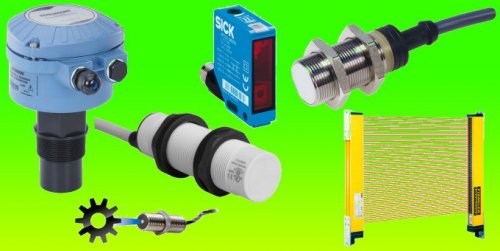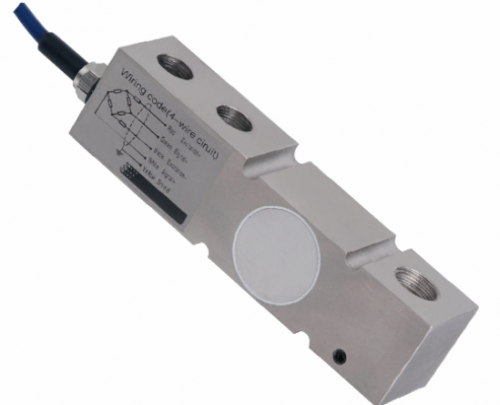Main characteristics of sensors
Functioning as intended, each sensor can be exposed to various physical factors: temperature, pressure, humidity, light, vibration, radiation, etc. Relative to the sensor, the natural measured value. Let's denote it with the letter «A». The output value of the sensor will be indicated by the letter «B».
Then the functional dependence of the output value of the sensor B on the natural measured value A, in static conditions, will be called the static characteristic of the given sensor S. The static characteristic of the sensor can be expressed in the form of a table, graph or analytical form.
Static sensor sensitivity
Among the characteristics of each sensor, the main one is the static sensitivity of the sensor S. It is expressed as the ratio of the small increment of the output quantity B to the small increment of the corresponding naturally measured quantity A under static conditions. For example V / A (volts per ampere) if we mean a resistive current sensor.

This expression is similar to the concept of gain for electronic devices, which in principle can be called the sensitivity factor or gradient of the measured quantity.
Dynamic sensor sensitivity

If the operating conditions of the sensor are not static, if «inertia» is observed during the changes, then we can talk about the dynamic sensitivity of the sensor Sd, which is expressed as the ratio of the rate of change of the output value of a sensor to the rate of change of the corresponding natural measured value (input value). For example, volts per second / ohms per second if we are considering a temperature sensor whose output resistance changes depending on the measured temperature.
Sensor sensitivity threshold
The minimum change in the natural measured value that can cause a real change in the output value of the sensor is called the sensitivity threshold of the sensor. For example, a temperature sensor's sensitivity threshold of 0.5 degrees means that a smaller change in temperature (for example, by 0.1 degrees) may not affect the sensor's output value at all.
Normal sensor operating conditions
All these parameters, as a rule, are regulated in the documentation for normal operating conditions of the measuring device. Normal conditions mean the ambient temperature in the region of + 25 ° C, the atmospheric pressure in the region of 750 mm Hg, the relative air humidity in the region of 65%, as well as the absence of vibrations and significant electromagnetic fields. Tolerances regarding deviations from normal operating conditions are also specified in the device documentation.
Sensor error
Each sensor has additional errors that can be caused by changes in external conditions, their significant deviation from normal conditions. These errors are expressed as a fraction (expressed as a percentage) of the natural measured value associated with the change of an external parameter that is not measured by this sensor as intended. For example, an error of 1% per 10 °C of ambient temperature for a strain gauge or an error of 1% per 10 Oe of an external magnetic field for a temperature sensor.
Today, the industry produces a variety of sensors: current, magnetic field, temperature, pressure, humidity, strain (strain gauges), radiation, photometry, displacement, etc. Metal-dielectric-semiconductor) etc. According to the output electrical parameter, there are: resistive, capacitive, inductive sensors, etc.
And although the physical parameters that can be measured using sensors are countless, all sensors are based in one way or another on sensors that sense one of several physical influences: pressure or strain, magnetic field, temperature, light, chemical action of gas etc. NC.



